
All things paranormal have the possibility of perhaps being able to be duplicated in a scientific study one day or for humans to understand how they work. These phenomena include such mental abilities for humans as clairvoyance, telekinesis, psychometry, telepathy, and even faith healing to name a few.
Although many scientists do not believe in psychic abilities, there is some interest in the theory that quantum mechanics can explain psychic ability. Because quantum mechanics focuses on the things in the world that we cannot sense, such as light waves, sound waves, and those mysterious spaces, it seems the perfect approach to understanding psychic ability as well as the subconscious mind. More and more scientists who have a passion for grasping the world beyond the physical are invested in proving that scientific experiments can indeed prove the existence of psychic ability.
For those not very familiar with psychic abilities, below are a few I’ve used in my novels.
Clairvoyance (clear seeing) – the ability to see things beyond the physical sphere, like auras, spirits, and visions in the present, past and future. Clairvoyants can also see and communicate with spirits or ghosts.
Telepathy – an ability that allows mind-to-mind communication, even with animals on occasion.
Telekinesis – the ability to move objects in the physical world with one’s mind.
Psychometry – an ability that allows a person to experience visions or emotions related to a place by being present there or an object by touching it.
Clairsentience - the ability to sense energy and emotions and/or to sense past, present or future events. To be clairsentient one also has to be highly sensitive and empathetic.
Claircognizance (clear knowing) - a sense where one knows something to be correct but may be unable to back up their statement with fact or how they came to know that information.
Clairaudience (clear hearing) - the power to hear sounds said to exist beyond the reach of ordinary experience or capacity.
Writers in literature in the modern age often prefer the term paranormal if their characters are human with enhanced mental abilities. Writers often favor the term supernatural if vampires, werewolves, zombies or other such creatures are the primary characters even if they possess enhanced mental abilities, which are common with supernatural creatures.

The most popular supernatural novels today include vampires, werewolves, and zombies, although there are other supernatural creatures depicted in literature. Let’s consider the pseudoscience of cryptozoology to further our understanding of how complicated defining supernatural creatures can be.
Cryptozoology
Cryptozoology is considered a pseudoscience because it does not follow the scientific method. Its name means the “study of hidden animals.” It relies mostly on anecdotal information to search for folklore animals yet to be identified, such as the Loch Ness Monster, Mothman, and Big Foot. Such animals which have yet to be identified are known as cryptids.
In 1983 John E. Wall defined cryptids this way: Cryptids are, in the most limited definition, either unknown species of animals or those that are thought to be extinct but which may have survived into modern times and await rediscovery by scientists.
Obviously, we have all seen novels utilizing folklore creatures just mentioned as the central focus of their stories. However, with the fascination for vampires and werewolves, one may wonder if they are simply supernatural or are they “hidden animals”?
Most of the “evidence” for vampires are legends, which are often depicted through folklore or even in ancient paintings on cave walls. The existence of these legends range from Mesopotamia to Egypt, Greece, Rome, Mexico, and China. Not all the forms were the same, and some drank blood while others consumed human flesh.
What about werewolves? Mythology often relates that werewolves were actually possessed old females or witches having poisonous claws. The method of identifying a werewolf from other humans also varies greatly from culture to culture. As with vampires, evidence of werewolves, other than ancient drawings and tales, provides little expectation among most scientists that they ever existed.
Still, the question remains. Could they actually be “hidden animals” or cryptids? Well, if vampires and werewolves exist at all, they are certainly “hidden,” but perhaps not in the intended meaning of a cryptid. Despite most cryptozoologists insisting their existence is more likely supernatural than hidden, there are some who disagree. The dissenters believe they are extinct creatures, which does put them in line with the definition of cryptids.
Of course, who’s to say that one of these cryptids won’t emerge at some point? Folklore isn’t always tall tales. Are you ready to encounter a vampire or a werewolf anywhere other than on the written page or the screen?
For fun, here’s an interesting article about seven known species that used to be regarded as cryptids. https://blogs.iu.edu/sciu/2020/12/12/seven-cryptids-species/

Well, it doesn’t really change anything except to offer us some interesting information to store somewhere.
Supernatural novels with vampires and werewolves and zombies are great stories. Paranormal stories where human characters have enhanced mental abilities reaching beyond established norms are also great stories.
Whether an author chooses to describe their story as paranormal or supernatural usually depends on where the emphasis is placed in their story. Keep in mind, however, there are often shades of the supernatural in paranormal stories and vice versa. I’ve read many books where I was delighted to discover there was a healthy dose of the paranormal in their supernatural tale. Both are usually subgenres of other genres, such as speculative fiction, horror, fantasy, and even romance.
If you start researching the two terms in relation to literature, you will find so many contradictions among the resources out there, it will make your head spin. So, the bottom line is that you should make sure to read the book blurb carefully if you have an aversion to either supernatural creatures or enhanced mental abilities.
Many of my novels involve what I view as paranormal in varying degrees: Second Chances, The Threads That Bind, Center Stage, Chasing Shadows, Shattered Hearts, and Unraveling Memories. I enjoy the process of writing such novels because it opens one up to the metaphysical, that is, going beyond what is known and accepted. My first two novels might be considered to be supernatural by some due to the appearance of a wolf with whom the main character communicates. However, I view them more as paranormal tales.
So, whether you’re reading a novel labeled as a supernatural tale or a paranormal tale, you have to suspend your disbelief if you want to really enjoy the story because neither mirrors what most consider normal. If you’re ready to take a step into the unknown, both await you with the promise of a great adventure.




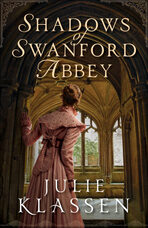

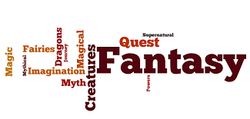



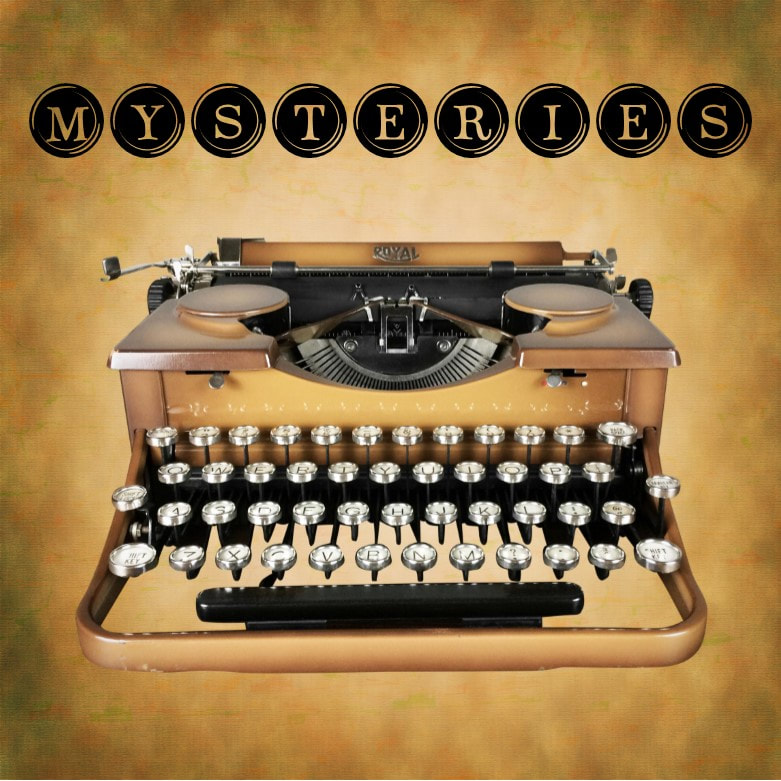

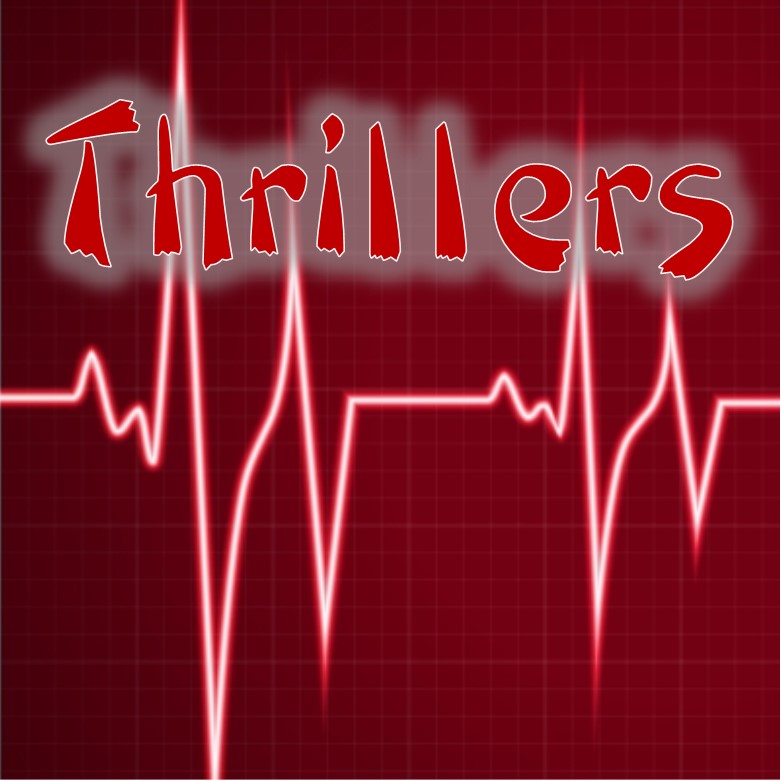
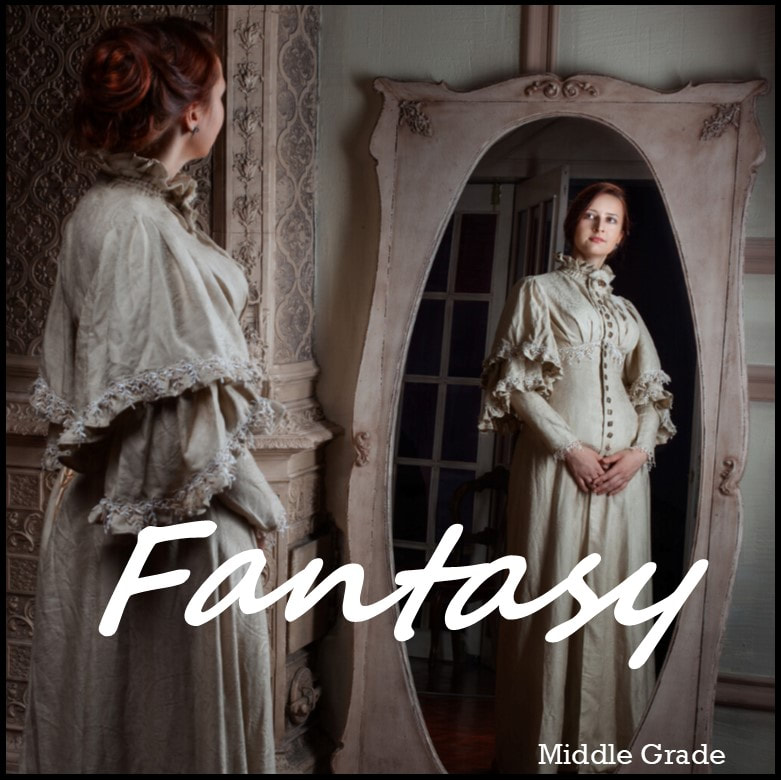

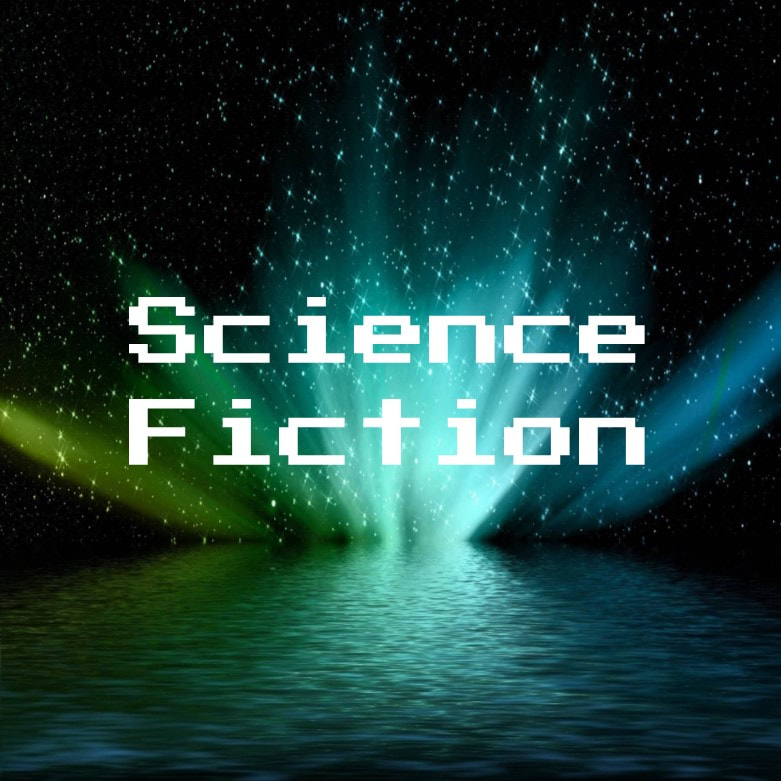



 RSS Feed
RSS Feed